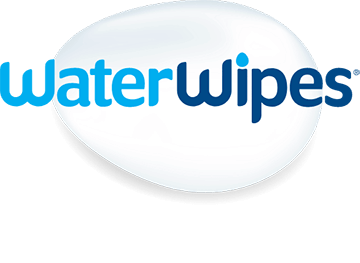What is newborn baby cradle cap?
What causes cradle cap in newborn babies?
At what age do babies get cradle cap?
How long does cradle cap last?
What treatment is available for newborn baby cradle cap?
When is newborn baby cradle cap a problem?
1. What is newborn baby cradle cap?1
The clinical term for cradle cap is infant seborrheic dermatitis, and it is2 eponymously defined by a ‘cap’ of crust and/or greasy skin that forms on the top of the head – but it can also appear over their eyebrows, around the nose or in the nappy region. If the crust flakes, the skin may also become red underneath.
Your newborn baby's cradle cap’s bark is worse than its bite. It does not bother babies who have it, and it is not irritating or uncomfortable.
2. What causes cradle cap in newborn babies?
We strangely don’t yet know what causes cradle cap in babies but what we do know is this: it cannot be spread from one baby to another.3 Sometimes cradle cap in babies can be confused with baby eczema or atopic dermatitis. A major difference between these conditions is that atopic dermatitis usually causes significant itching.
To find out more about baby eczema, read our helpful guide.
3. At what age do babies get cradle cap?
Cradle cap in babies usually happens in the first year of life, anywhere from about three weeks (when they're a newborn) to 12 months.4 Of course, all babies are different – so don’t be concerned if your baby gets this earlier or later than this.
4. How long does baby cradle cap last?
As every child is different, there is no set timeline for cradle cap. The good news is that it typically clears on its own. Worried parents often seek treatment for newborn baby cradle cap and try to resolve the issue more quickly.5
5. What treatment is available for newborn baby cradle cap?6
Treatments for cradle cap span from things parents can do at home to topical creams available at the pharmacy. Treatment for newborn baby cradle cap includes:
Washing a baby’s hair frequently. A healthcare provider may suggest special shampoo, but otherwise use unscented baby shampoo. Find more tips on how to bathe your newborn baby.
Brushing hair regularly with a soft brush to loosen cradle cap flakes. If you notice that some hair falls out in the process, don’t fear. It will grow back! Applying baby oil, vegetable oil or petroleum jelly at night (followed by a morning hair wash, or cleanse with a gentle wipe or a wipe with minimal ingredients, like WaterWipes) to keep the area moisturised. Avoid using peanut oil, however, just in case your baby has allergies, and note that olive oil has not been shown to be effective when used on skin.
Using corticosteroid cream or lotion should cradle cap be very pronounced or does not appear to be going away.
As cradle cap is being treated, parents should avoid using soap or adult shampoos and try to avoid the urge to pick at crusts that are not coming off on their own.
Picking crusts can make the area red and inflamed and can prevent it clearing up.
6. When is newborn baby cradle cap a problem?7
In many cases, newborn baby cradle cap is an inevitable part of a new life and rarely problematic, though you should talk to your GP or health visitor if:
Cradle cap covers your baby’s body
Crusts begin to bleed or otherwise leak fluid or if you notice swelling
Treatment for your newborn baby’s cradle cap doesn’t seem to help
These could be signs of other dermatological conditions or an infection that may require treatment.
If you found our newborn baby cradle cap guide handy be sure to look at our other in-depth articles on common baby skin conditions and baby advice on our Parenting Community, like the below:

